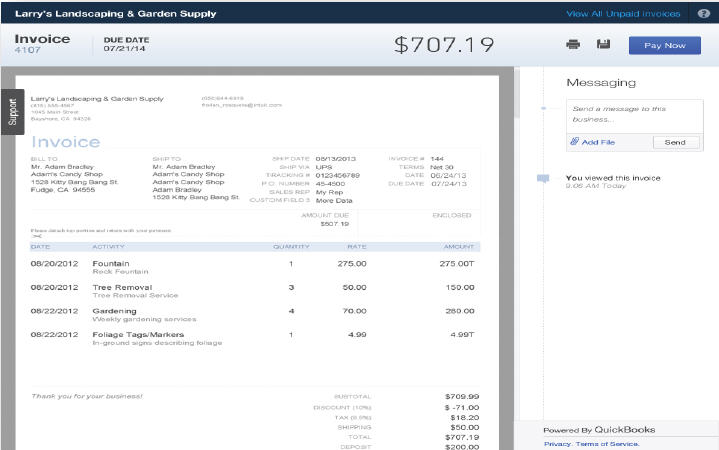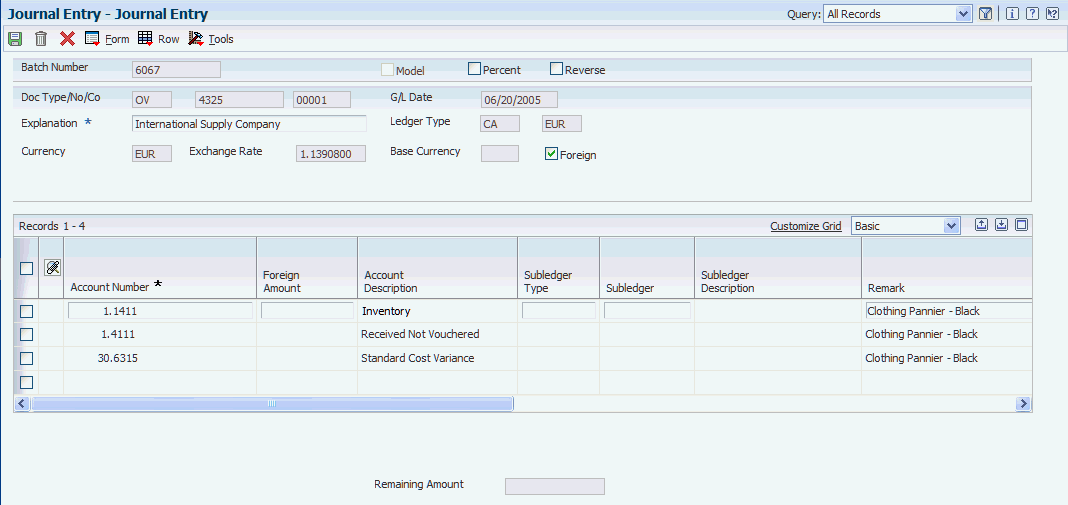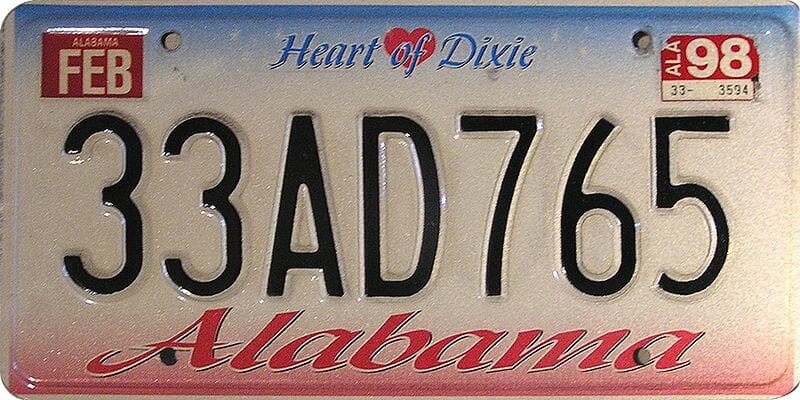Table of Content
Home currency adjustments are normally recorded to prepare financial statements, so that balances held in foreign currencies can be converted to the exchange rate as of the financial statement date. If foreign balances were not adjusted to current exchange rates, the balances reported on the balance sheet could materially mis-state a firm’s financial position. The home currency adjustment records an exchange gain or loss to reflect the change in the value of a firm’s balance sheet accounts. This has been the case for many years, and despite it being repeatedly reported as a bug, and despite Intuit releasing a shiny new version of Quickbooks every single year, it has never been fixed.

You can know how to set up and use multi-currency with simple steps. All important topics regarding QuickBooks Multi-Currency have been included in this blog. In case you are still facing any issue related to this then you can simply connect with Dancing Numbers experts via LIVE CHAT. Now select new vendor and then fill pit the fields by using the info you took note of earlier.
Manually Adjust Home Currency
Our error free add-on enables you to focus on your work and boost productivity. Bulk import, export, and deletion can be performed with simply one-click. A simplified process ensures that you will be able to focus on the core work.
You must make a new vendor using the data from your employees in order to pay your employees in a foreign currency. The invoice payment should be deposited into your bank account in the same currency. Once turning on this feature, the user will be unable to use income tracker, insights and bill tracker. You cannot enter the batch invoices or delete transactions either. Dancing Numbers helps small businesses, entrepreneurs, and CPAs to do smart transferring of data to and from QuickBooks Desktop.
What is Multicurrency in QuickBooks?
Since QB 2013 was the latest public release at the time of the original comment, it would be interesting to see if the behavior in QB 2014, which is out now, alters that. In our experience, for bugs of this type, Intuit tends to fix them in the next version if they do fix them; new releases of the current and older versions get fixes for things that are more serious. Multicurrency, foreign exchange, and currency revaluations are not for sissies. In this blog, all the important information regarding creating home currency adjustments in QuickBooks Online has been mentioned. You can step by step follow the steps regarding this that are all clearly mentioned above.

You have to use a home currency adjustment journal to revalue the foreign currency accounts in Reckon Accounts . If so, manually create new home currency adjustment journal entries for each vendor/customer, specifying both the appropriate A/P or A/R account, and the vendor name in the appropriate journal fields. These need to be done in separate journal entries because quickbooks does not allow you to manually add multiple vendors or customers to the same currency adjustment journal entry for some reason.
Related image with quickbooks desktop home currency adjustment with multi currency
Utilize import, export, and delete services of Dancing Numbers software. How can I generate the Unrealized Gain & Loss report for a period starting on other than Day 1? My old version of QuickBooks used to allow me to input a FROM date so that I can just see the Home Currency Adjustment needed since the end of the last reporting period. Home currency adjustments are booked to a special account, which you can’t manage from within QB. Your best bet is to edit the special account that QB uses to match your desired settings and change the other account to different settings.

Instead of manually calculating the exchange gain/loss adjustment, you can print an Unrealised Exchange Gain/Loss report from the Reports menu to find out the unrealised gains and losses to adjust. This would call for a Currency revaluation on Dec. 31, 2021, to account for the revised value of my Freedonian assets . That would result in an Exchange loss of $95,000 USD on the receivables and another loss of $4,750,000 USD on the building. Even if I had Freedos stuffed into a mattress as an asset on my balance sheet, I’d have to revalue those as well.
QuickBooks Pro doesn’t have the Home Currency Adjustment wizard to guide you through the currency adjustment process; you need to manually pass the home currency adjustment via a general journal entry. For selecting the file, click on "select your file," Alternatively, you can also click "Browse file" to browse and choose the desired file. You can also click on the "View sample file" to go to the Dancing Numbers sample file.
The way Quickbooks and other accounting software handles this is straightforward, but perhaps not outwardly obvious. For every transaction in this account, the software will keep a running tally of both the “home currency” and the “foreign currency” balance. You’d have to provide more info to get a good answer to that question, and you should really direct it to your accountant. In general, foreign exchange gains/losses are rolled into retained earnings after the close of the year.
● Open the Rows/Columns section and then select Change columns in the Customize report window. ● Then you have to locate and then open the Customer Balance Detail or Vendor Balance Detail report and select Customize. After that, you have to select a date to run a currency revaluation. Select Currencies by going to Settings⚙️ and then adjust the currency how you want.

The journal entry that it creates, however, is somewhat confusing, and I’m glad that the Memo/Description column has “This is a placeholder for you” in it. Some might see this $0.00 journal entry and be tempted to delete it. And then then the next thing you know, we’ll get invaded and our own home currency will be Freedos. I add a memo, choose to revalue all the Euro balances on that date , and click on Revalue and Save. As someone with many clients using the QuickBooks® multicurrency function, I help them navigate the Multicurrency feature in QuickBooks Online .
Furthermore, using Dancing Numbers saves a lot of your time and money which you can otherwise invest in the growth and expansion of your business. It is free from any human errors, works automatically, and has a brilliant user-friendly interface and a lot more. To use the service, you have to open both the software QuickBooks and Dancing Numbers on your system. To import the data, you have to update the Dancing Numbers file and then map the fields and import it. For additional information, seetroubleshooting home currency adjustments. With the help of the above article, you can clear your doubts regarding QuickBooks Multi-Currency.

You have to select New vendor, and fill the details with the employee info. Enter the exact date as the invoice and then choose Save and Close. For the invoice in Transfer Amount enter the value of the payment. After that, you are required to choose the task and later, hit on Download Latest Exchange Rates. In the initial step, you are required to open the Lists menu and choose the Currency List. Among the Lists menu, you need to select the Chart of Accounts.



























